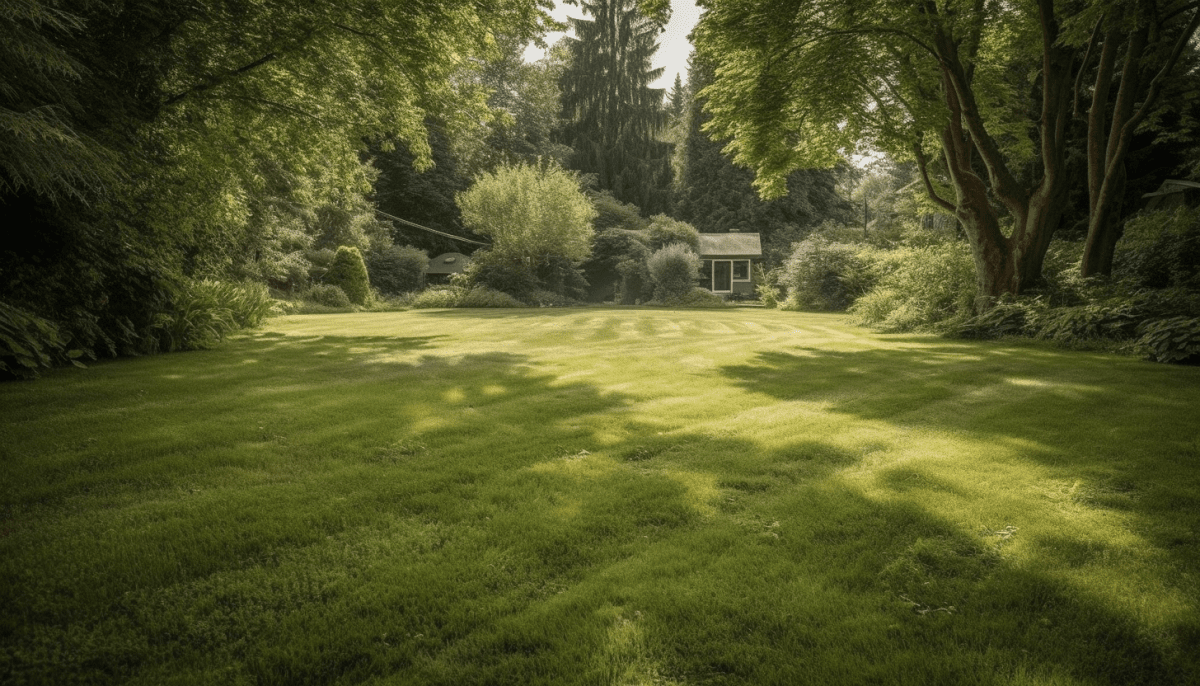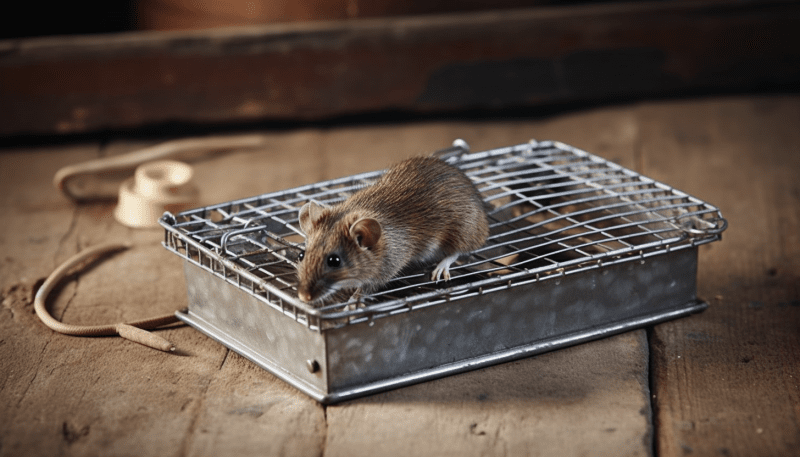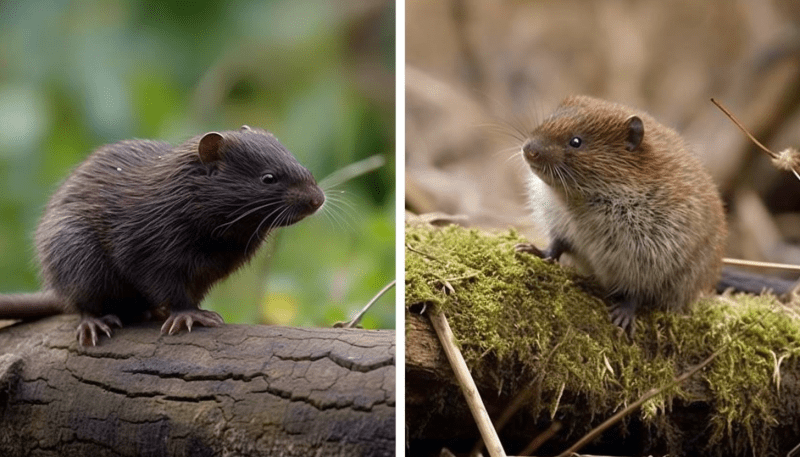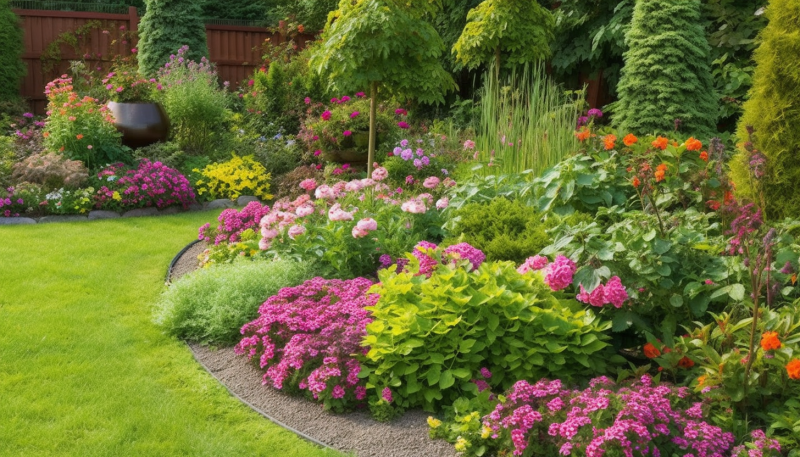When it comes to maintaining a healthy lawn, understanding common pests is key to achieving a grub-free environment. Lawn pests can range from visible critters to small invaders that can wreak havoc on your grass. By identifying these pests, you can take the necessary steps to keep your lawn safe and thriving.
One of the most common lawn pests is the grub itself, which is actually the larval stage of certain beetles. These grubs live underground and feed on the roots of your grass, causing it to turn brown and eventually die. Another frequent foe is the chinch bug, a tiny pest that feeds on grass blades and can cause significant damage if left unchecked. Recognizing the signs of these pests early can help you maintain the beauty of your lawn.
Aside from grubs and chinch bugs, you may also encounter armyworms, which are larvae that can devastate a lawn in a short time. They are known for their rapid growth and voracious appetite. Other pests to be aware of include sod webworms and aphids, both of which can impact the health of your grass. Keeping an eye out for these pests will allow you to take proactive measures to keep your lawn in top shape.
To effectively manage lawn pests, it’s essential to monitor your lawn regularly. If you notice discolored patches or areas that seem to be wilting, it may be time to investigate further. You can also consult local gardening resources or pest control experts to help you identify and manage any outbreaks. With the right knowledge and strategies, you can enjoy a lush, green lawn free from grubs and other unwanted pests.
Best Practices for Lawn Care
Another essential practice is to water wisely. Early morning is the best time to water your lawn, as the temperatures are cooler, and evaporation is minimal. Aim to water your lawn deeply but infrequently, providing about an inch of water per week. This encourages the grass roots to grow deeper, making your lawn more resilient against drought and pests, including grubs.
Fertilization is also crucial for maintaining a healthy lawn. Use a slow-release fertilizer to provide your grass with the nutrients it needs over time. A well-fertilized lawn is more vigorous, making it less appealing to pests like grubs. Additionally, consider testing your soil to understand its nutrient levels better and to determine what kind of fertilizer would be most beneficial for your lawn.
Finally, aerating your lawn can significantly improve its overall health. Aeration involves perforating the soil with holes to allow air, water, and nutrients to penetrate deeper into the root zone. This practice reduces soil compaction and promotes healthier grass growth, making your lawn less susceptible to pests like grubs. Aim to aerate your lawn once a year, ideally in the spring or fall.
Natural Solutions for Pest Control
Another natural method to combat grubs is the use of insecticidal soaps. These soaps are made from natural plant oils and are safe for the environment. They work by suffocating the pests, making them an effective option for targeted treatment. Simply spray the affected areas of your lawn during times of active grub feeding, and watch as they start to diminish.
Additionally, maintaining healthy soil can significantly reduce grub infestations. Incorporating organic matter like compost can enhance the health of your lawn, making it less attractive to pests. A robust yard with strong grass roots can naturally withstand grub damage, leading to a more resilient and lush landscape. Regular aeration and overseeding can also contribute to a thriving lawn that deters pests.
Maintaining a Healthy Lawn Year-Round
Watering is another crucial aspect of lawn maintenance. During the hot summer months, ensure your lawn receives about 1 to 1.5 inches of water each week. Early morning is the best time to water, as it allows moisture to soak deep into the soil while reducing evaporation. Deep and infrequent watering encourages roots to grow deep, making your grass more drought-resistant and less susceptible to pests.
Fertilization plays a vital role in keeping your lawn healthy and vibrant. Applying a high-quality fertilizer at the right times throughout the year provides the necessary nutrients for growth. A fall fertilization is particularly beneficial as it prepares your grass for the winter months, setting a solid foundation for the spring. Be sure to choose a fertilizer that is suitable for your grass type and local climate conditions.
Lastly, don't forget about lawn aeration. Aerating your lawn once a year can help alleviate soil compaction, allowing air, water, and nutrients to penetrate the roots more effectively. This process creates a healthier environment for grass to thrive and reduces the risk of grubs taking hold. Whether you opt for a core aerator or a spike aerator, this step enhances overall lawn health and resilience.



